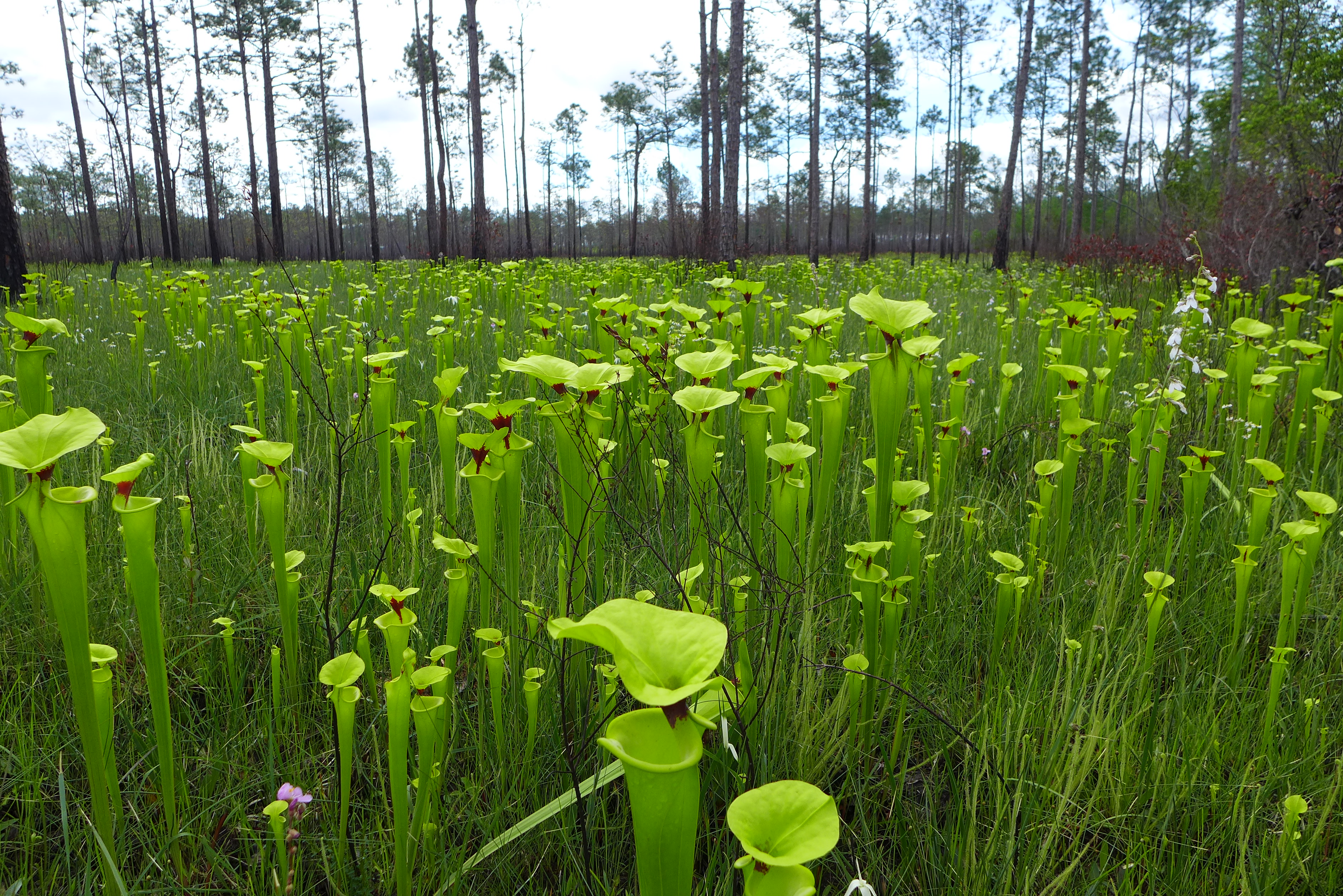
In 2007, with funding from the Florida Department of Environmental Protection (FDEP), Division of State Lands, the Florida Natural Areas Inventory (FNAI) began a process of updating the "Guide to the Natural Communities of Florida" (the Guide), first published in 1990 by FNAI and the then Florida Department of Natural Resources (now FDEP). Only the forty-five land-based communities (23 terrestrial and 20 palustrine communities, plus tidal marsh and tidal swamp in the marine category) were included in the current update, leaving the remaining aquatic communities to be updated at a later time. The purpose of the update was to clarify distinctions between communities by listing characteristic species and features distinguishing similar communities, as well as to add information for each community on variations throughout its range (with common variants noted specifically), range, natural processes, management, and references.
Changes include 1) minor changes to the classification itself, 2) a new organization for grouping the communities, and 3) the addition of a list of altered landcover types.
Users who need a printed version of the guide are welcome to download the full print-quality pdf here and have it printed and bound at their local print shop.
Suggested citation: Florida Natural Areas Inventory (FNAI). 2010. Guide to the natural communities of Florida: 2010 edition. Florida Natural Areas Inventory, Tallahassee, FL.
Habitats that have been severely impacted by humans and do not fit into FNAI's Natural Community Classification are recognized using the altered landcover types. These are used to describe the most common non-natural habitats observed on conservation lands in Florida. View list of altered landcover types (42k pdf)